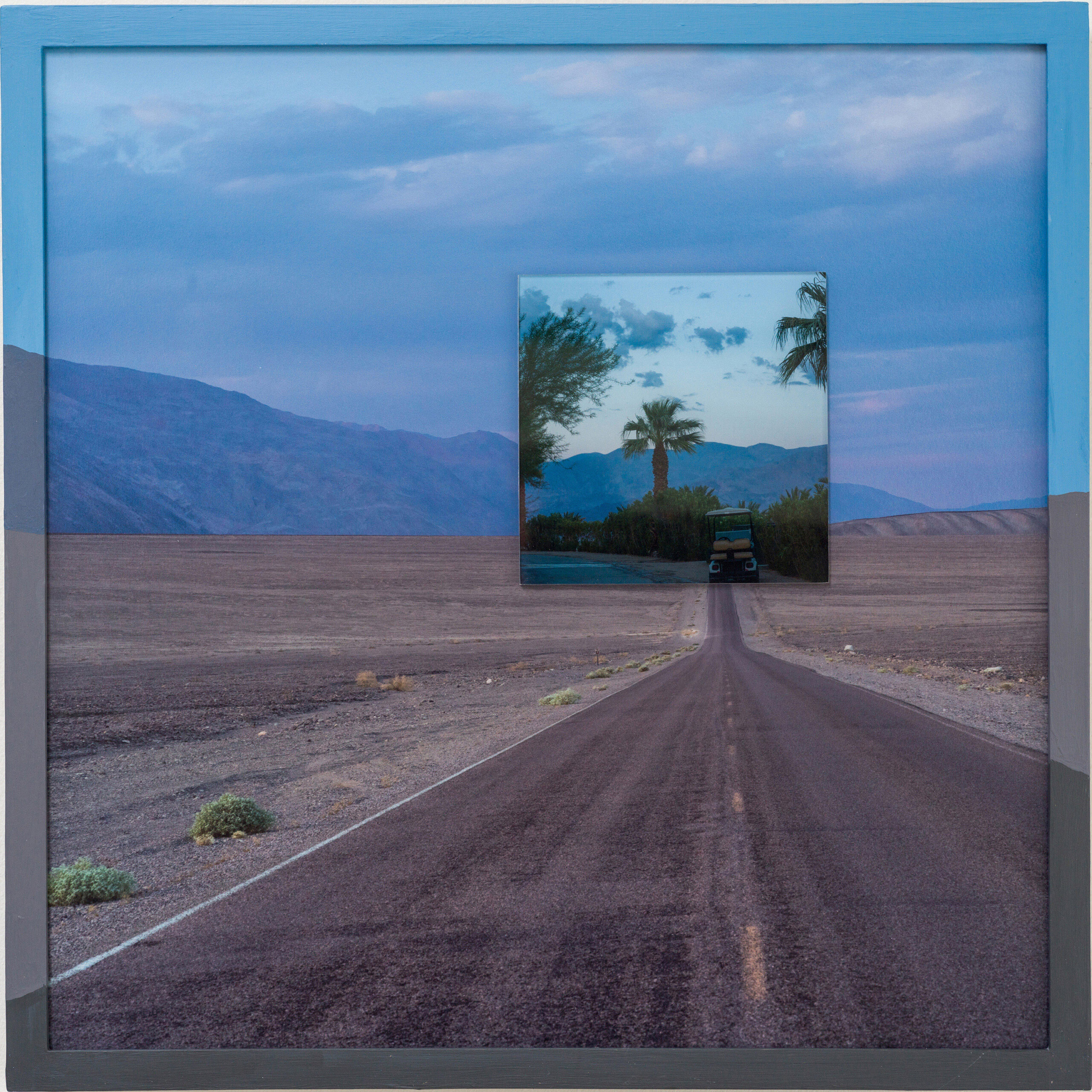“The short answer is that yes, I have noticed this, and I can’t explain why, it is simply my preference,” says photographer Diana Cheren Nygren about her photography project Mother Earth. “I wish I had a better explanation. I think I want the viewer to look comfortably without color and light contrast being too jarring or intense color drawing you to one part of the image except in a subtle way.” Mother Earth is a photo project that comes to life through mixed media and print. And while looking through these images, we noticed a very muted palette along with compositions by color.
All images by Diana Cheren Nygren. Used with permission. Be sure to check out her website, Instagram, and Facebook page.
“It may be that with a more muted palette, I find the image unfolds a little more slowly for the viewer, and I am inclined toward that kind of quiet engagement,” Diana tells us. “The palette is also compatible with the painterly effect that has become my aesthetic.”
What You Should Know About Diana Cheren Nygren
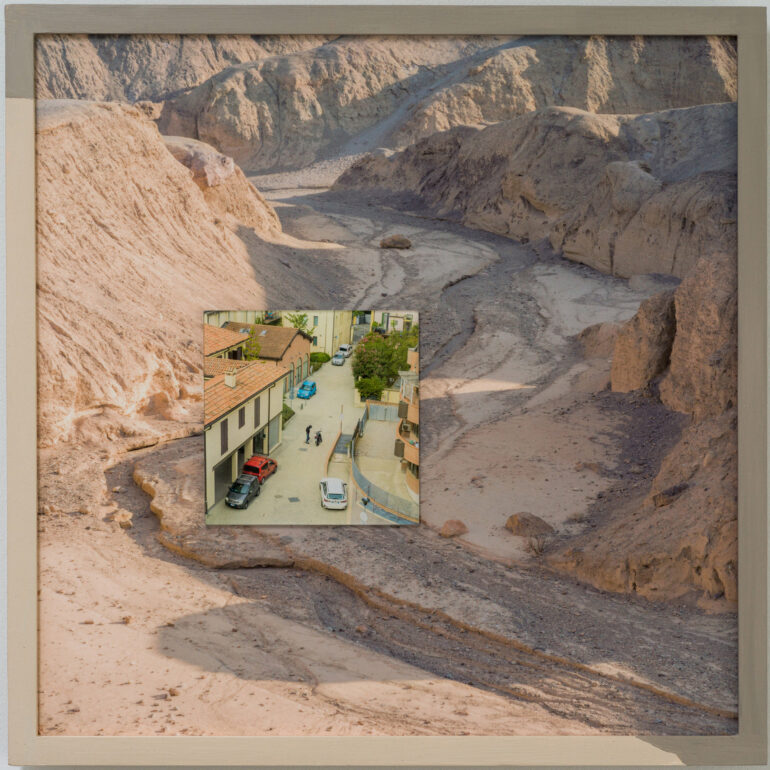
Diana tells us that she was always interested in photography in some way or another. But when she turned 16, she was gifted what she calls a nice camera. A friend taught her how to use it — though it was just a hobby throughout college. Majoring in Art History, Diana’s thesis was on Diane Arbus. After graduating, she spent nights and weekends in the darkroom — the same way so many photographers had before us.
One thing leads to another. Diana bought a Seagull twin lens reflex camera — which she jokes is because she wanted to be like Diana Arbus. “I loved using that camera, and I think it still shapes how I see when I look through the lens and got me hooked on square format,” she explains. “I am not a patient person, though, and don’t think I could deal with that at this point, though one day I may pull it out. Until fairly recently, I was shooting with a Canon 5D Mark III, which I loved.” She continues to state that because she takes a lot of photos of the sky, she thinks Canon handles difficult light situations really well. But even that wasn’t enough, so she moved to the Hasselblad X1D 5C.
“It comes with a 45 mm lens, but I got the Hasselblad XCD 90mm lens, and that pretty much just lives on the camera,” she tells us. “Whenever I know I’m going to be doing a lot of shooting, I rent other lenses, but I find I always come back to the 90mm. It fairly closely replicates your natural vision and clearly that is what I like.” She quickly bought a second body.
I use lights and a tripod only when absolutely necessary, and pretty much never use an on camera flash. I occasionally use a remote trigger, but generally I find that using the timer on the camera is sufficient.
With this setup, Diana shoots in the square format — which she was so used to for years. It helps her because her final photos are rendered this way. She makes small adjustments in Lightroom as needed. In fact, this took a while for Diana. She used to be resistant to any kind of Photoshop manipulation. “…I think in part because I thought of photography in a documentary fashion, as a way of capturing things in the world I felt needed to be shared,” she explains. “But in the last five years or so, I have really leaned into the idea of myself as an artist who happens to use photography. In that context, I think of my work as exploiting the fact that when we look at a photograph, our first instinct is to feel like we’re seeing something that actually existed or happened.” With this in mind, she creates a brand new vision of something that didn’t happen, couldn’t happen, or hasn’t happened yet. That’s part of how we got the series Mother Earth.
Diana made these images in the printing process — and she’s incredibly attached to printing. Using an Epson SureColor P800 printer, she prints often at 17 inches wide, typically on Matte paper from Red River (which she says is a bit more painterly) or Hahnemuhle. But this project was tricky as they were printed on aluminum.
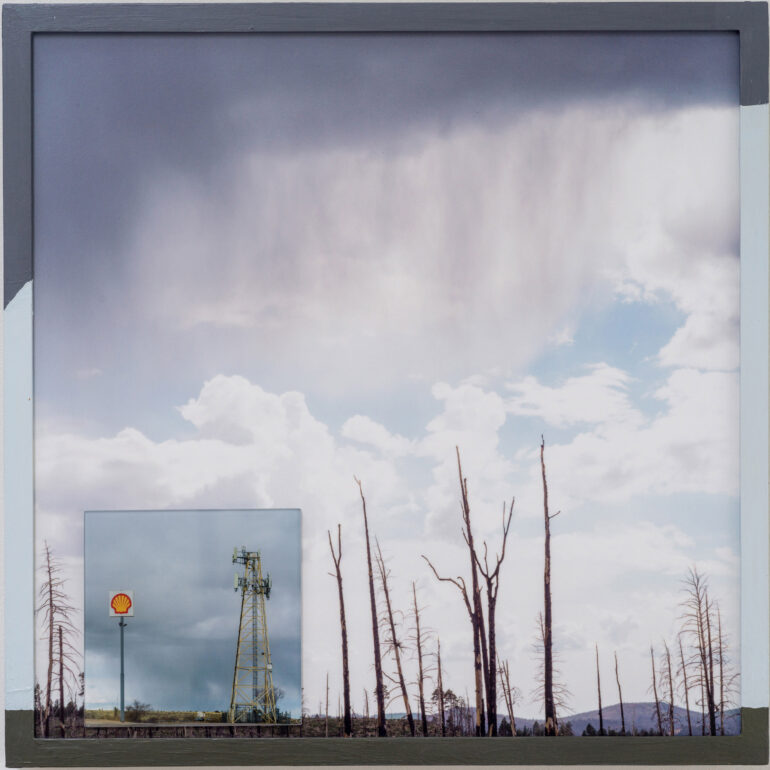
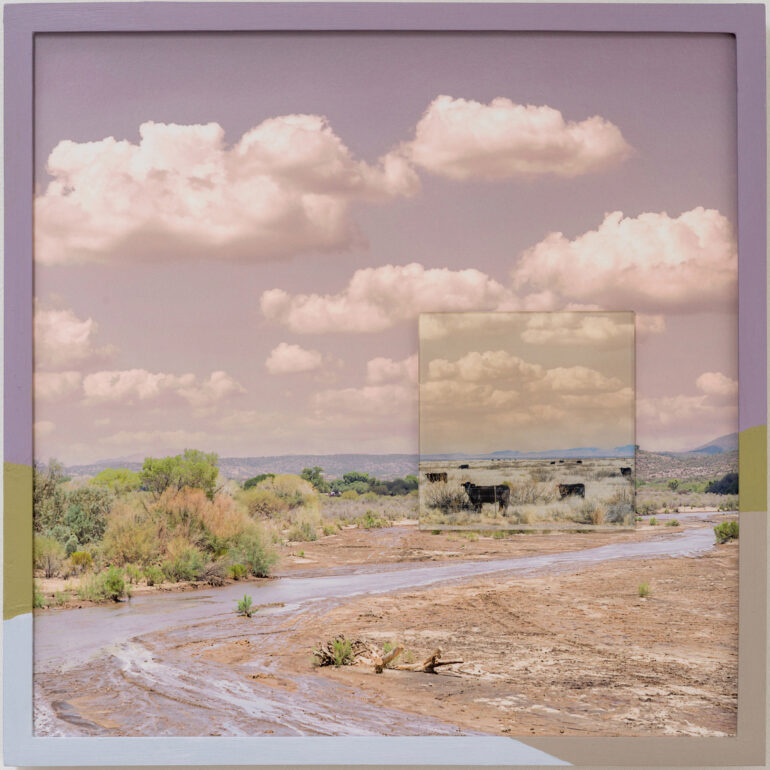
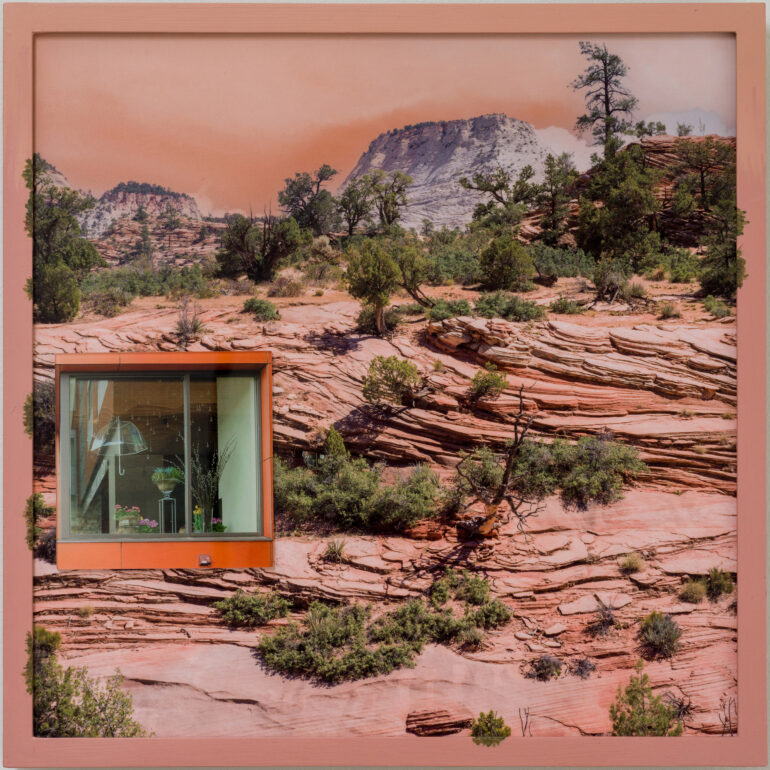
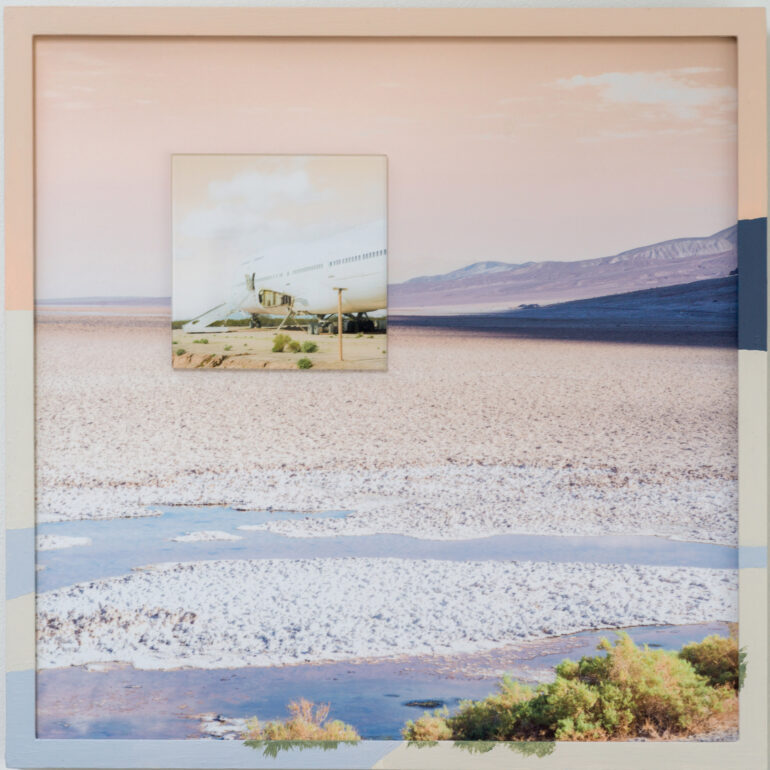
Mixed Media
Mother Earth is a mixed-media photo project that was made in real life instead of digitally. The images were then scanned for promotional reasons. How she paired the images together is a bit of a mystery — and even Diana admits that.
Explaining how I choose the pairings is probably the most difficult thing. It’s pretty much instinctive. I have many LightRoom catalogs on a slew of external hard drives with probably hundreds of thousands of images, and every project I work on I go through many of them. It is embarrassing how poorly organized they are, but it means that at this point I can pretty much envision most of what’s in those catalogs in my sleep. So I may look at an one image and the right image to pair with it pops into my head and I have a decent idea of where to go looking for it. I almost never get rid of any shots – unless they’re total disasters – because even if it doesn’t work with the current project, I never know when an image, or at least a part of it, may come in handy.
Most of the larger photos were shot recently in the Southwest. But the process of choosing the smaller frames within the larger one was a bit perplexing. She more or less spent lots of time going through her Lightroom catalogs trying to figure out what worked. “When I first started, I was taking the people out of their original contexts and compositing them into desert landscapes similar to the larger landscapes,” Diana explains. “The idea was that the inset image would show a detail of the large landscape in which people would try to replicate current day-to-day activities in this new terrain. But ultimately, I dropped that in favor of the current format.” This part — which sounds pretty random, helped create the beauty of the project overall.
According to Diana, the sky was also incredibly important here. In certain situations, she took the sky from one photo and replaced it with another. After all this, she printed the photos at home to see what they would look like. Then they were on aluminum and the trial and error began again until they came out just right.
None of this was algorithmic — instead, it was just based on feeling.
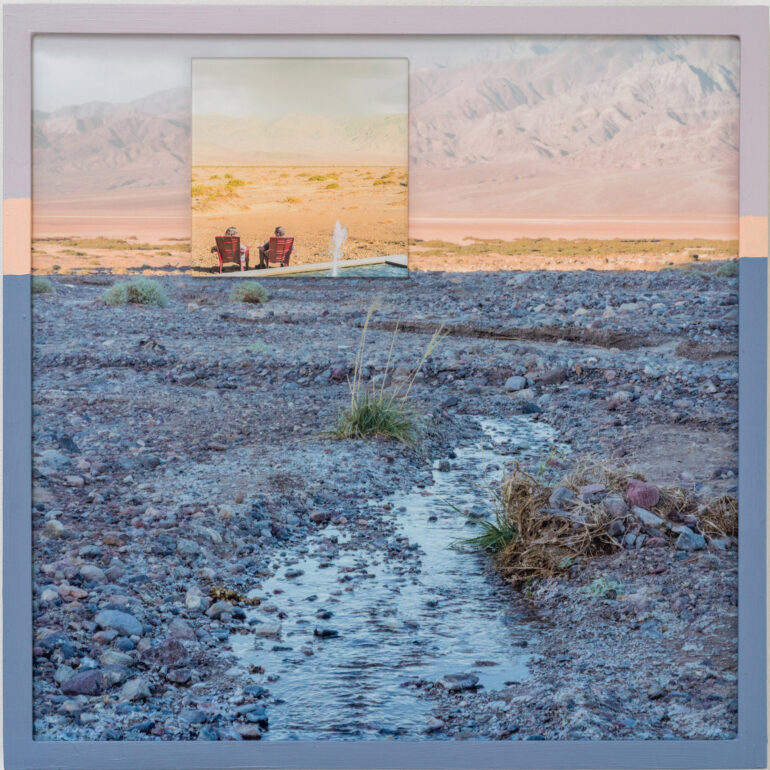
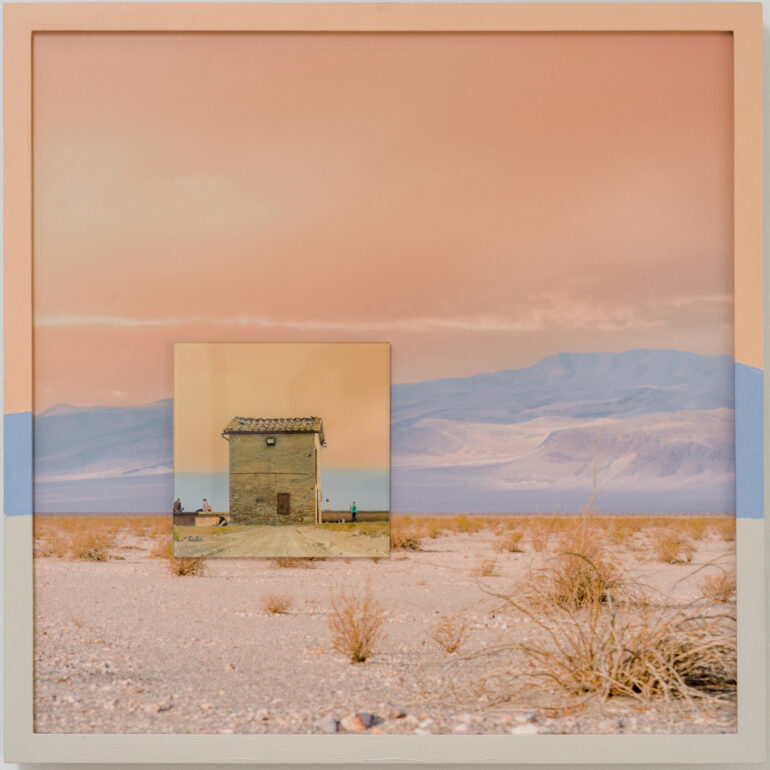
Thoughts on AI Imagery
On the subject of algorithms, Diana finds AI to be a real struggle. In our eyes, we haven’t seen anything like Diana’s project made by an AI at all. She was initially resistant to it in the same way that she was with Photoshop. But she sees photographers that she respects and admires doing fun things with AI. For the most part, though, she still turns away from it.
“I’m still skeptical that I will ever adopt AI into my own work, but who knows?”
With this said, we’re amazed that she hasn’t used the sky replacement tools that everyone sees ads for.
“I am a big believer in the medium matching the message,” Diana explains. “So someday, if I find something I want to say that needs to be expressed using AI, maybe I will. “I have a similar reaction to NFTs.” Diana believes her photos are made to be physical objects in the end — and that’s what matters most to her.


